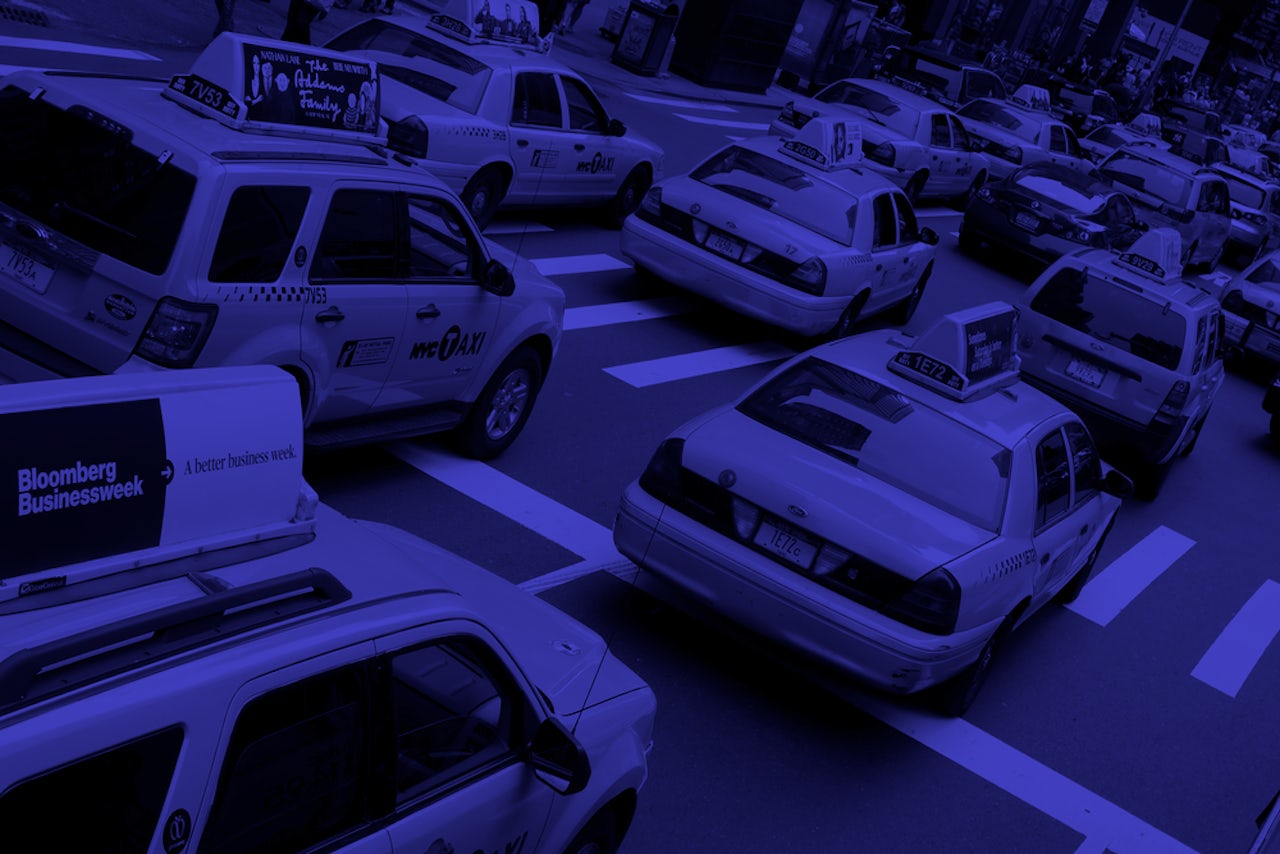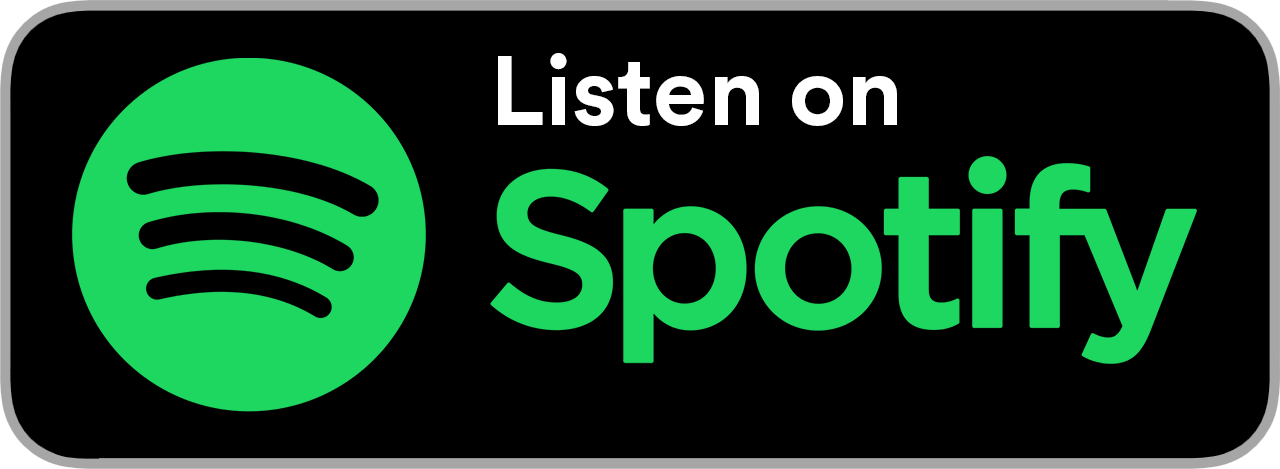Aminul was making his way through a thicket of 6th Avenue traffic when his phone started to buzz incessantly. He didn’t even need to take his eyes off the road to know what it was: WhatsApp. He’d get to it soon. A pair of would-be passengers stepped out from behind a hotdog cart one block ahead and waved him over. As he pulled up alongside them he took advantage of the brief thirty-second respite from the road and sent a quick WhatsApp message of his own: big accident greenwich st, traffic 6th ave, police barricade. Before the passengers even finished giving him their destination, he’d gotten a response back: thank you! :)
New York city taxi drivers have a surprisingly wholesome secret: despite their physical separation, they’re all in touch, constantly, thanks to a series of private group chats, conference call lines, and phone trees. A quick scroll through the popular WhatsApp group Yellowcab.nyc.info reveals no less than four colorful ‘Good Morning!’ stickers, at least 25 car emojis (all posted by the same user), a handful of genuinely helpful tips on how to avoid the morning traffic, and a cartoon map of New York City airports, dotted with emoji faces (heart eyes for the prime pickup areas, red angry faces for the rough spots).
Groups like Yellowcab.nyc.info almost exclusively exist on anonymous messaging apps like WhatsApp and Viber. They’re invite-only, and generally separated by both friend groups within the industry and by shift, with daytime drivers and nighttime drivers kept as far apart as possible. The rules of the taxi cab group chat are surprisingly simple: Don’t text and drive, try not to spam or start drama, and, whatever you do, don’t invite anyone from Uber or Lyft.
“All of my friends are here in a group of like 100 or more,” explained one cab driver, Aminul (who requested we use only his first name in order to spare him from the wrath of the TLC), gesturing towards the phone attached to his dashboard. “Yellowcab.nyc.info. This is more than a hundred people and they're all taxi drivers.”
Aminul was added to Yellowcab.nyc.info back in 2014, right as the private group chat trend started to pick up steam, and though he’s in a couple of other cabbie groups on Viber, Yellowcab is his favorite. The group functions like a sort of communal consciousness, alerting a fleet of cabbies to exact location of passenger hotspots, traffic jams, and sneakily-placed cops, almost as they occur.
“They give info: where traffic, where passengers, where it’s busy, where [it’s] not busy, where there happening accident,” said Aminul. Drivers will post updates to the group whenever they pull over to drop off a passenger or take a break. Most text normally, but some use voice commands. Though the nature of their job ensures they’ll never meet, the group chats give Aminul and thousands of NYC’s other drivers the opportunity to bridge the taxi-cab-sized gap between people who are effectively coworkers. This task has grown more difficult to accomplish since the TLC banned cell phone use by cab drivers back in early 2000, but drivers have found ways to stay in touch.
Prospere, a veteran cabbie who has been on the road for decades, said the tradition began over CB radio back in the ‘90s as a way to pass the time during long shifts, but it soon evolved into something much more special. “As soon as you turned [your radio]on you would be able to talk to 50 guys all at once,” Prospere explained. “That was the effectiveness of the CB, you know, to tell people where they were robbing cab drivers, or if somebody had a flat tire… So, we used to [talk to other drivers], but now we're not allowed to have anything electronic. The [only] reason why are we using electronics now is because we have to pick up people for the MTA. Most of them are in a wheelchair and they need to talk to us. That's the only time I'm allowed to talk."
The fines for being caught talking or texting on the phone while driving are steep, but some drivers who don’t have the patience for the more modern group chats still risk being on the phone. “We are daytime driving, so we are talking [over a] conference [call],” Ahmad,another yellow cab driver in the Manhattan area, explained. The calls consist of a sizable number of cab drivers, all on the same shift. “I just use the phone, never texting,” said Ahmad. After forty years behind the wheel, Ahmad has his system down pat. His car is hooked up with the latest Bluetooth technology so he can chat hands-free, and the touch screen in his center console displays the numbers of some of his best cabbie friends. “I'm just always talking,” he clarified. “I'm not touching the phone. I'm talking on the phone [hands-free], at least three to four times every day… Why is the traffic bad?, this type of talking. I don't know if other people are doing this or not. But we are doing that.”
Pocket Casts / Overcast / Stitcher / TuneIn / Alexa / Anchor / 60 dB / RadioPublic / RSS / “OK Google, play news from The Outline.”
Similar to the CB radios of days past, drivers use these group calls to both pass the time and to look out for each other. The calls allow them to function as a group, rather than as a scattered collection of mere individual drivers. Police activity, traffic reports, and passenger locations are all typical topics of discussion.
Even Aminul participates in these kinds of calls, when he wants a genuine conversation rather than a mere flurry of emojis on WhatsApp. “We're waiting [to pick up passengers] for flights [at the airport for] sometimes one hour, sometimes two hours, sometimes three hours, and the groups are full of good people talking, drinking, or driving, when they have free-hand devices and can talk, with no passengers” Aminul explained. “With passengers, I can't talk.”
Not every cab driver is a fan of the group chat system. “I don't like them because I don't like wasting my time chatting,” said Mohamed, a cab driver who’s been in the business for about four years. “I'm not using them, because I'm using Waze and Google Maps, so I follow [those]. I'm not following anyone in a group.”
This sort of sentiment seems to be on the rise among cabbies as high-tech competitors like Uber and Lyft attempt to edge them out. “If I follow the phone, [I have to figure out] who is this group, who is this [person], or something,” Mohamed explained. “So I'm not looking in phone. I have my Waze. I follow the Waze. For the whole day, you know? Which street has an accident, which one [has] traffic — I saw on my phone.”
Yet, at the same time, it seems a bit counterproductive. Nearly every cab driver The Outline interviewed spoke at length about the benefits of having this group brain at their fingertips. It’s informative and inherently personal in a way that a mere navigation system could never be. And somehow, even after all these years, the group chats have managed to avoid the usual pitfalls of people existing together online.
Aminul told me that in the three years he’s been a part of group chats on WhatsApp and Viber, there’s been no real drama or bad actors. No one has ever been kicked out of the group, he said: “We have to respect each other. Otherwise, you know, if you do something that is not good for them, [it’s] not good for you.”



